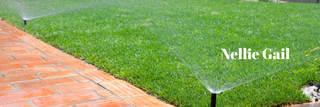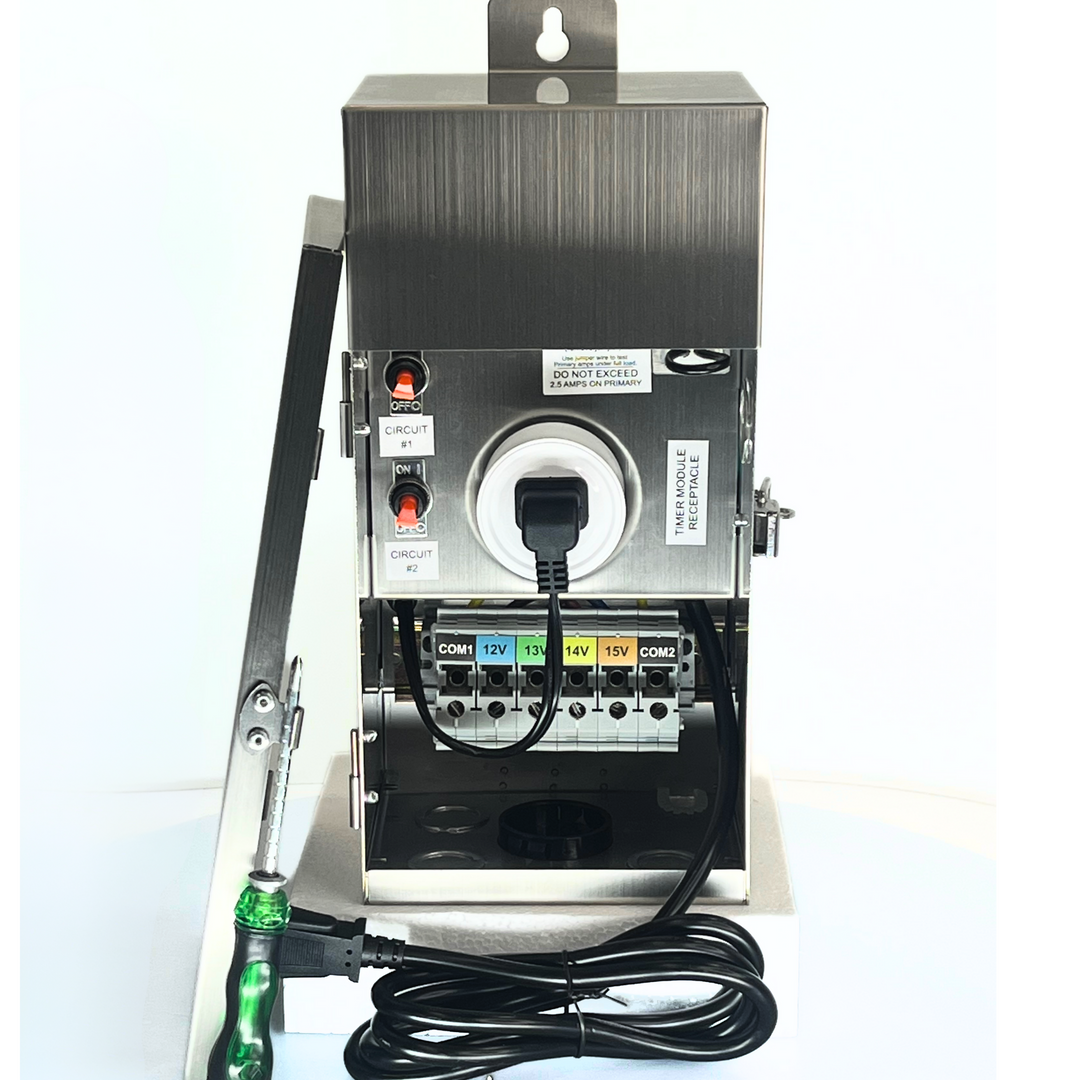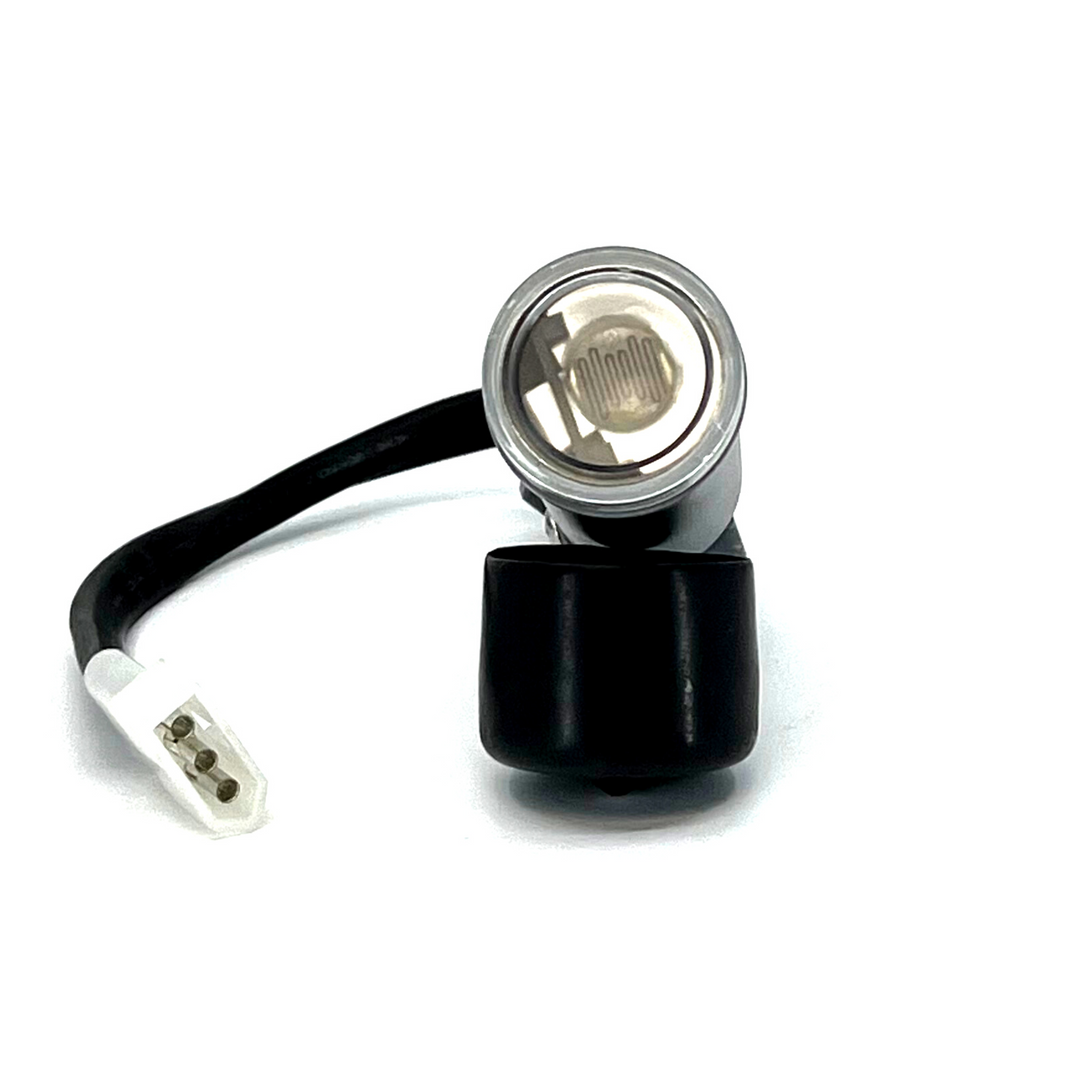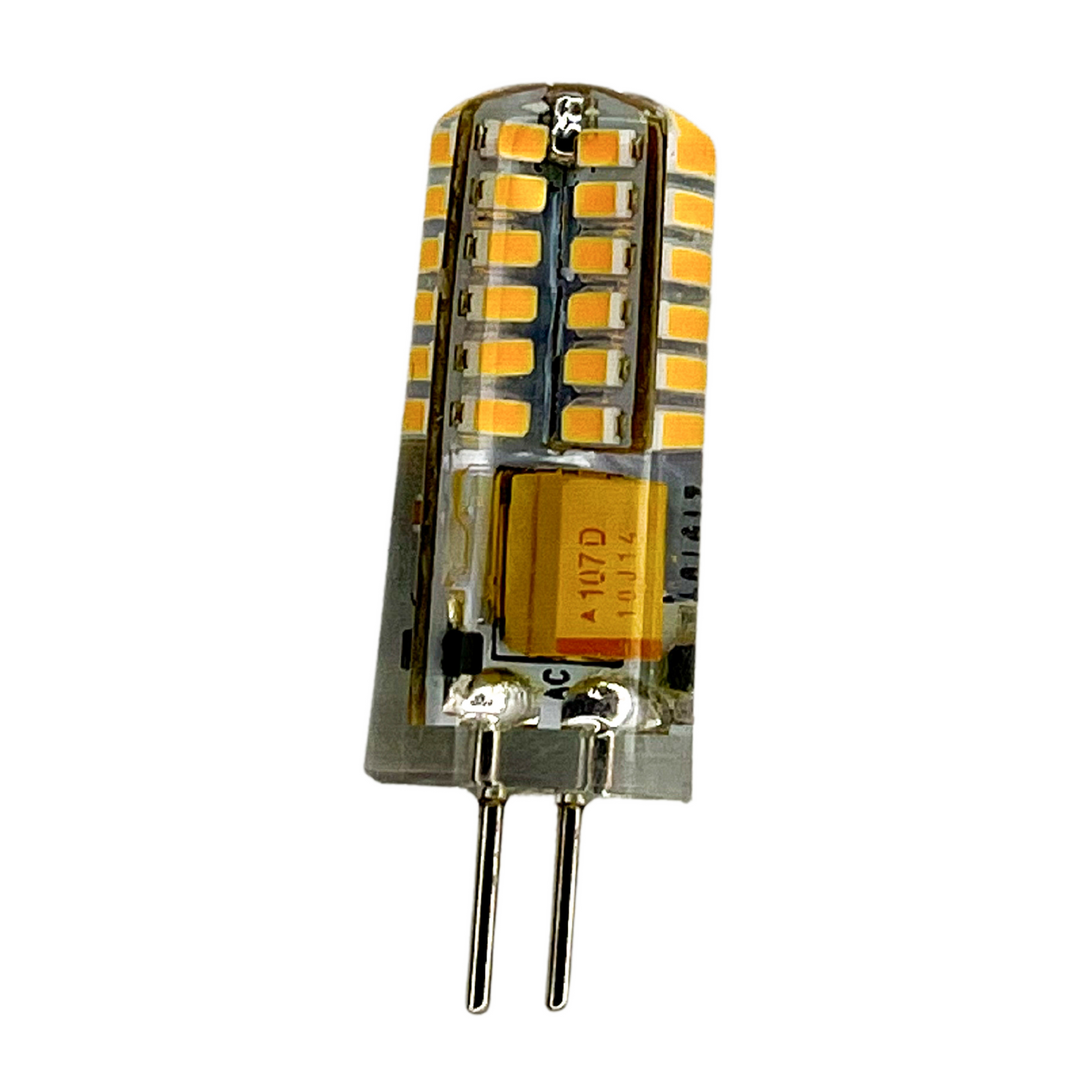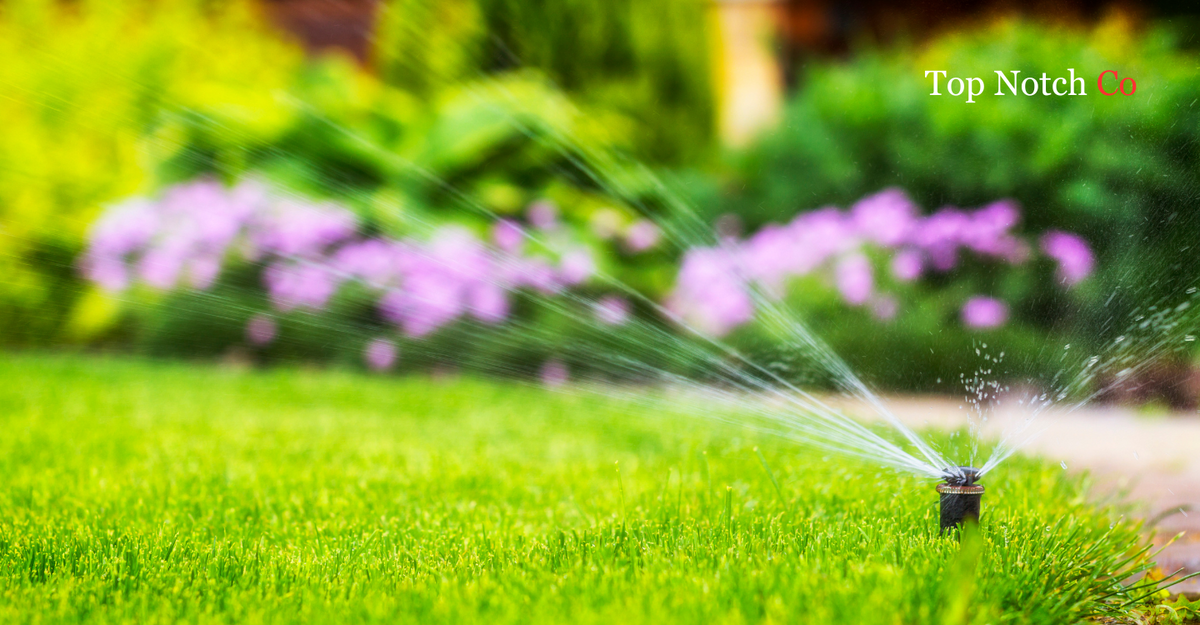
A Green Thumb's Guide to Fixing Garden Sprinklers
|
|
Time to read 7 min
Gardening is a passion for many, and a well-maintained sprinkler system is crucial for a thriving garden. However, sprinklers can encounter various problems, from clogging to electrical issues. This comprehensive guide is designed to help you diagnose and fix common sprinkler issues, ensuring your garden's health and beauty.
Fixing Garden Sprinkler: Understanding Garden Sprinklers
How Garden Sprinklers Work
An oscillating sprinkler functions by spraying water in a fan shape, ideal for covering large, rectangular areas. Imagine your garden receiving an even distribution of water, mimicking natural rainfall. This efficiency is due to the mechanics of the sprinkler, where water pressure plays a pivotal role. The impact sprinkler, on the other hand, rotates, offering a circular coverage, perfect for round or irregular garden shapes.
Key Components and Their Functions
The sprinkler head is the most visible part, responsible for water dispersion. The valve, acting like a gatekeeper, controls water flow. The solenoid, an electro-mechanical device, is crucial in managing water pressure. Understanding these components is key to pinpointing issues.
Identifying Common Sprinkler Problems
Problem 1: Oscillating Sprinkler Issues
Common issues like a sprinkler not oscillating or spraying unevenly can often be traced back to blocked nozzles or gear problems. For instance, a sprinkler failing to oscillate might simply have a twig stuck in its mechanism. A routine check and cleaning can make a significant difference.
Problem 2: Continuous Water Leaks and Non-Shutoff
These issues can be a gardener's nightmare, leading to water wastage and uneven lawn watering. A leak near the sprinkler head might indicate a worn-out seal, which can be replaced using basic tools like a screwdriver and a replacement seal from your local hardware store.
Problem 3: Electrical Faults in Sprinkler Systems
Electrical faults are less common but can be the most perplexing. For example, if a particular zone in your garden isn't getting watered, the issue could be a disconnected wire in the control box. A careful inspection and reconnection can often resolve this.
Advanced Tips and Tricks
For more complex systems or persistent issues, consider the following advanced tips:
• Pressure Regulation: Install a pressure regulator if your system suffers from high water pressure. This can prevent damage to the sprinkler heads and ensure even water distribution.
• Seasonal Adjustments: Adjust the timer settings according to the season. Your garden's watering needs in summer will be different from those in spring.
• Upgrade Options: Consider upgrading parts of your system. Newer models of sprinkler heads or valves can offer better efficiency and durability.
Advanced Sprinkler System Troubleshooting
• Detecting Underground Leaks: Sometimes, leaks occur underground and are not immediately visible. Look for unusually soft or wet areas in your garden as they might indicate a leak. A professional plumber or a sprinkler system expert can help with detection and repair.
• Winterizing Your Sprinkler System: In colder climates, it’s crucial to winterize your sprinkler system to prevent freezing and cracking. This involves draining the system and shutting it down properly before the first freeze.
• Smart Sprinkler Controllers: Upgrading to a smart sprinkler controller can significantly improve efficiency. These systems adjust watering schedules based on weather forecasts and soil conditions, ensuring optimal watering without wastage.
Fixing Garden Sprinkler: Seasonal Sprinkler Care
• Spring Setup: When setting up your sprinkler system in spring, check for any damage that might have occurred during the winter. Replace any cracked pipes or damaged sprinkler heads.
• Summer Monitoring: During summer, your garden requires more water. Adjust your sprinkler system to provide additional watering, especially during heat waves.
• Autumn Preparation: In autumn, prepare your system for the colder months. Reduce the watering schedule as plants require less water, and begin the process of winterizing your system.
Eco-Friendly Watering Practices
• Drip Irrigation for Specific Areas: Consider installing a drip irrigation system for targeted watering. This is particularly effective for watering individual plants or small garden areas, reducing overall water usage.
• Rain Sensors: Installing rain sensors can prevent overwatering. These sensors automatically shut off your sprinkler system when it rains, ensuring that your garden is not watered unnecessarily.
Engaging with Community Resources
• Local Gardening Clubs: Join local gardening clubs or online forums for tips and advice tailored to your region. Fellow garden enthusiasts can offer valuable insights based on their experiences.
• Professional Consultation: For complex systems or persistent problems, don't hesitate to consult with a professional. Sometimes, an expert's perspective can save time and resources in the long run.
Sprinkler System Maintenance
Regular Maintenance Tips
To avoid frequent repairs, conduct a thorough inspection of your system every spring and fall. Look for signs of wear and tear, check for proper water coverage, and ensure all electrical connections are secure. This preventive approach can save you time and money in the long run.
DIY Sprinkler System Check-up
A proactive approach can prevent many sprinkler issues. Turn on your system and walk around your garden, looking for uneven spraying or leaks. Check each sprinkler head for clogs or damage. Adjust the sprinkler heads for optimal coverage, ensuring each part of your garden gets the attention it deserves.
Notable Quotes
1. David Suzuki: "We take for granted the slow miracle whereby water in the irrigation of a vineyard becomes wine. It is only when Christ turns water into wine, in a quick motion, as it were, that we stand amazed".
2. Luther Burbank: "Flowers always make people better, happier, and more helpful; they are sunshine, food and medicine for the soul".
3. Gertrude Jekyll: "The love of gardening is a seed once sown that never dies, but never grows to the enduring happiness that the love of gardening gives".
Practical Tips for Garden Sprinkler Maintenance
1. Regular Inspection for Leaks: It's important to keep an eye on the general water flow of the whole sprinkler system. Make sure water pressure is consistent, and there are no drier or wetter areas than others on the lawn. Address any leaks in the sprinkler system as soon as they are noticed to prevent excessive water usage and uneven watering.
2. Valve Maintenance: Check the valves of the sprinkler system regularly as they direct water from its main source to the rest of the yard. Look for cracks, rips, or other signs of disrepair in each of the valves, both in the central valve assembly and individual sprinkler heads.
3. Adjust Sprinkler Heads for Optimal Coverage: To avoid dry spots, sprinkler heads should be positioned so they overlap slightly in their coverage areas. After watering, walk around on your lawn and make adjustments to the sprinklers if you see that any portions have been missed
Frequently Asked Questions
How often should I replace the nozzles on my garden sprinklers?
Sprinkler nozzles should be checked annually and replaced if they show signs of wear, such as uneven spraying patterns or reduced water flow. Typically, replacing nozzles every 3-5 years is advisable, but this can vary based on water quality and usage frequency.
Can I adjust the water pressure of my garden sprinkler system myself?
Yes, you can adjust the water pressure. Most systems have a pressure regulator that can be adjusted with a screwdriver. However, it's important to ensure that the pressure is neither too high, causing misting and evaporation, nor too low, affecting the sprinkler's ability to reach all areas of your garden.
What is the best time of day to run my garden sprinklers for maximum efficiency?
The most efficient time to run your garden sprinklers is during the early morning hours, just before sunrise. This timing reduces water loss due to evaporation and wind. Watering in the evening is less ideal as it can leave the lawn damp overnight, increasing the risk of fungal diseases.
How do I know if my garden sprinkler system is leaking underground?
Signs of an underground leak include unusually soft or wet patches in your garden when there hasn't been rain, an unexplained increase in water usage, or a noticeable drop in water pressure. If you suspect an underground leak, it may be best to consult a professional for detection and repair.
Step-by-Step Repair Guides
Repairing an Oscillating Sprinkler
If your oscillating sprinkler has stopped moving, start by inspecting for physical blockages. If none, the issue might be internal. Opening up the sprinkler (following the manufacturer's instructions) and cleaning the gears can often restore functionality.
Replacing Sprinkler Heads and Valves
Over time, sprinkler heads and valves can wear out and need replacing. This process usually involves unscrewing the old head or valve and replacing it with a new one, ensuring a tight seal to prevent leaks. It's a simple but effective fix that can extend the life of your sprinkler system.
Addressing Impact Sprinkler Head Malfunctions
For impact sprinklers that stop rotating, the issue often lies with the spring or the bearing. Disassembling the head, cleaning the parts, and reassembling can often get it back in working order. This process requires minimal tools but a bit of patience.
Our Recommendation
Final Thoughts
Maintaining a garden sprinkler system might seem daunting, but with the right knowledge and tools, it's quite manageable. Regular maintenance, along with timely repairs, will keep your garden looking its best. Remember, a little effort in maintaining your sprinkler system goes a long way in preserving the beauty of your garden. Book with us Online NOW!









